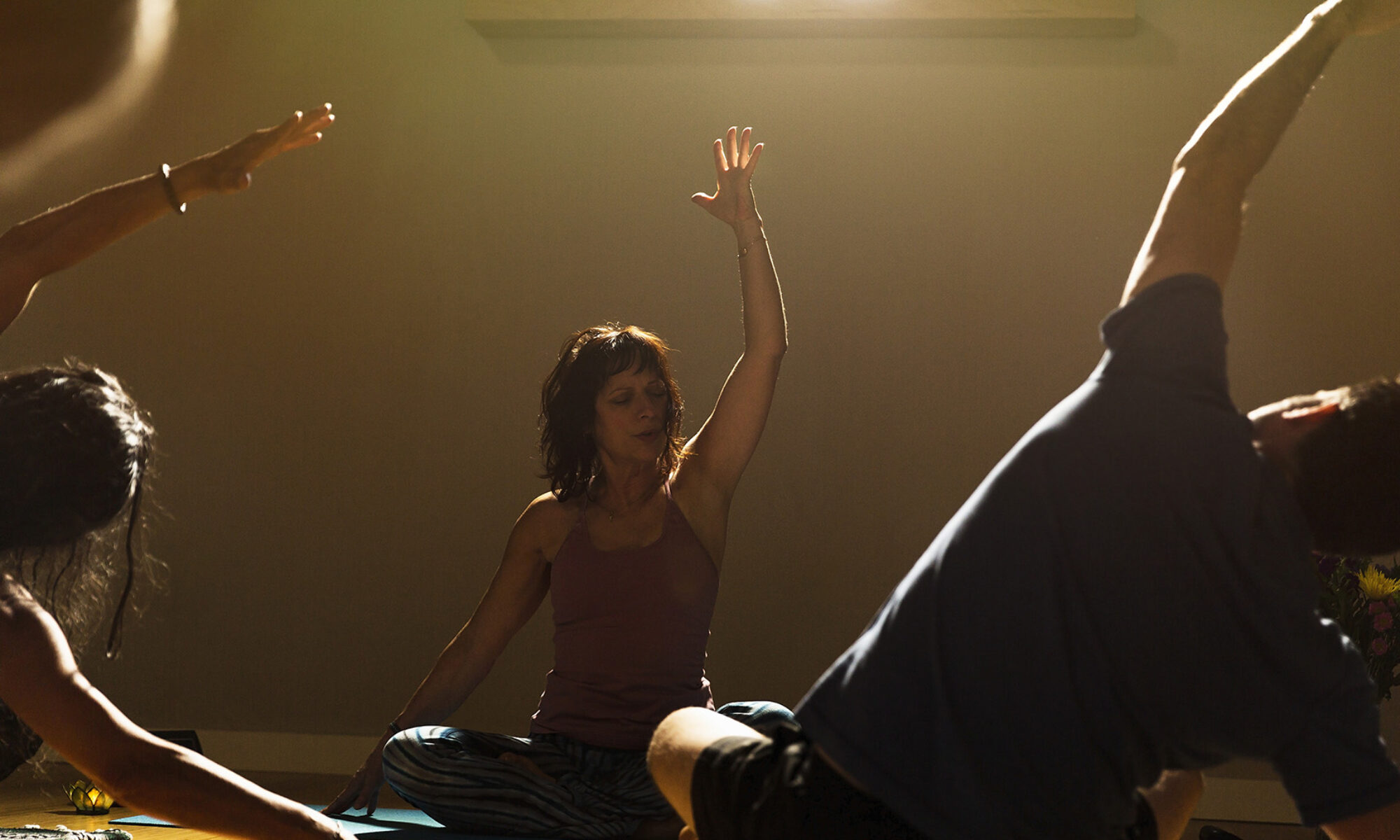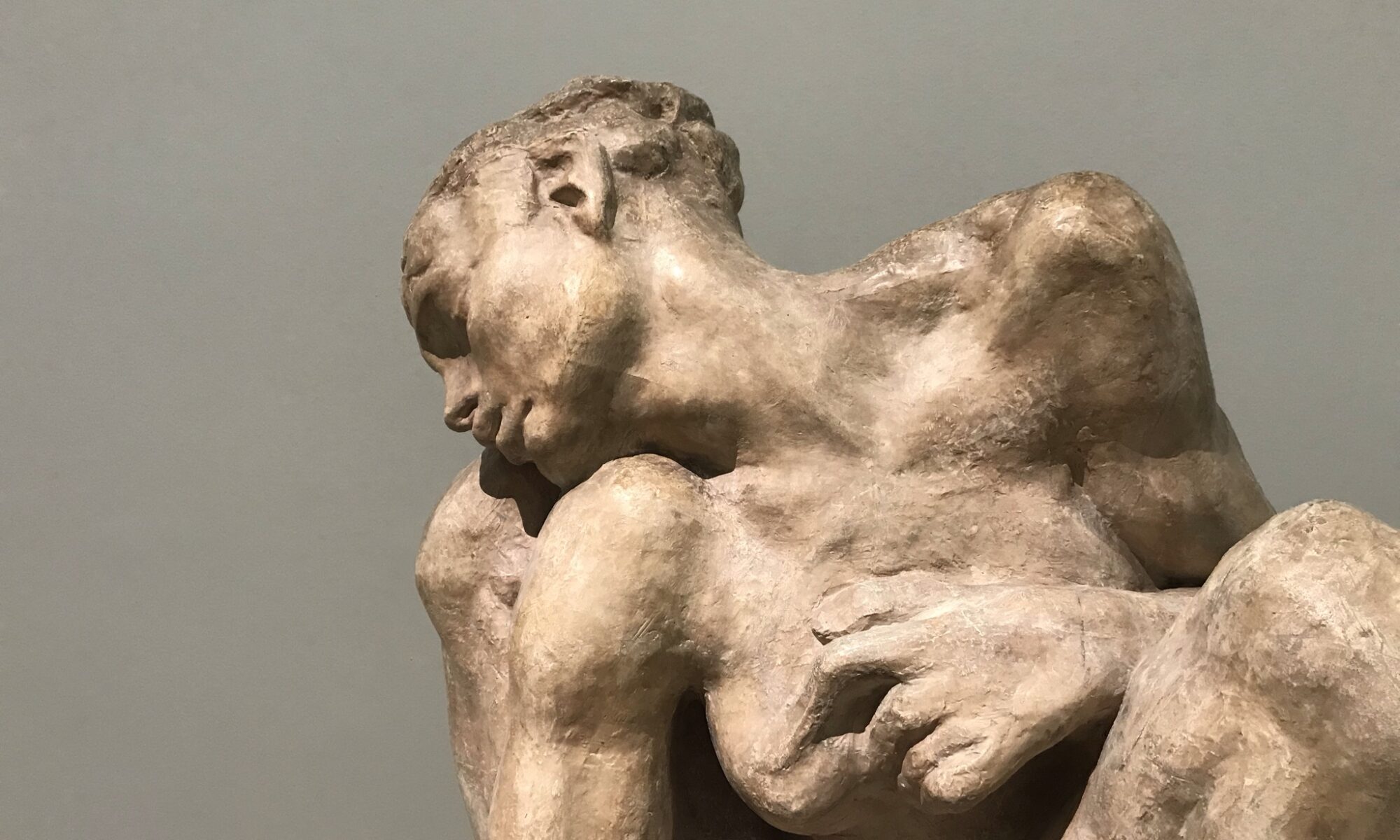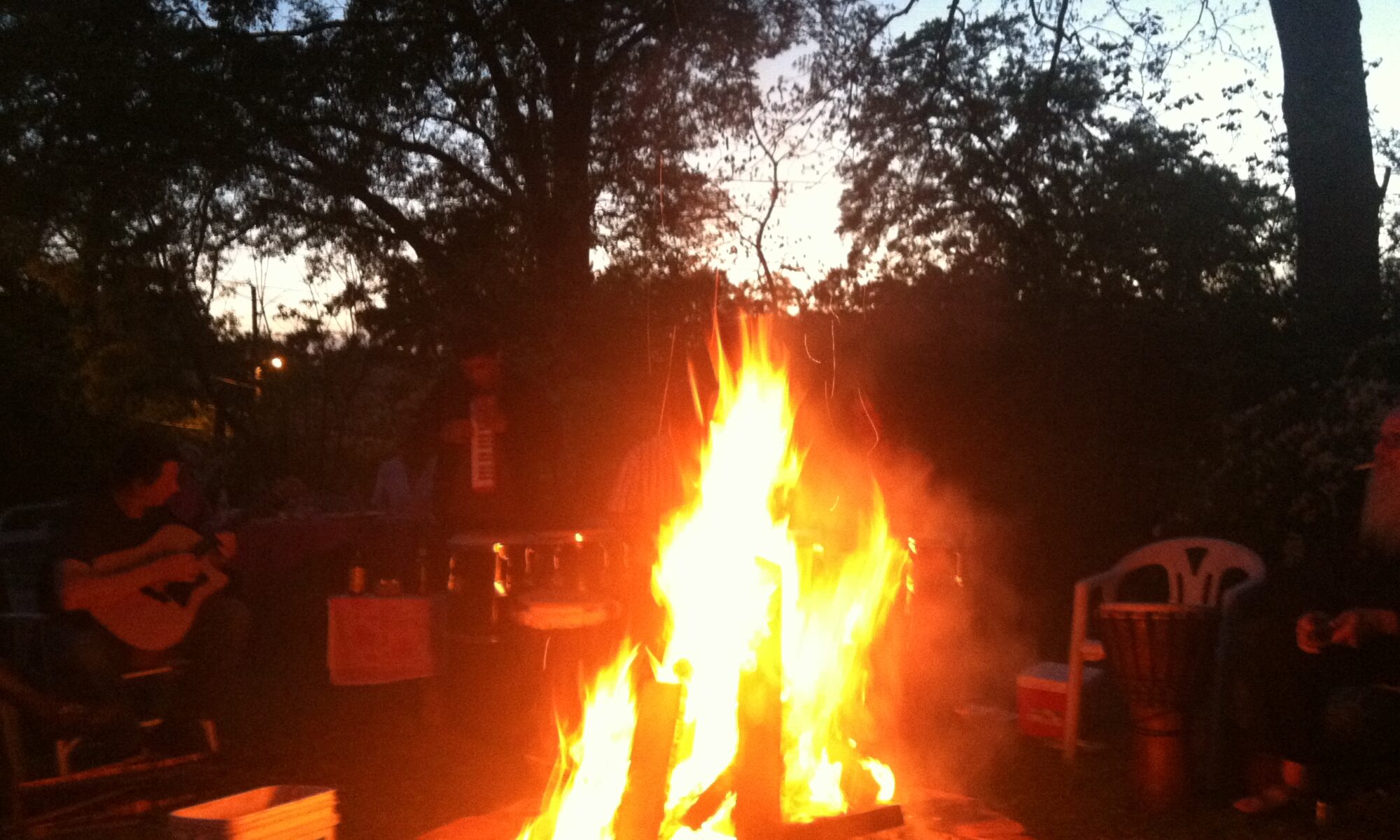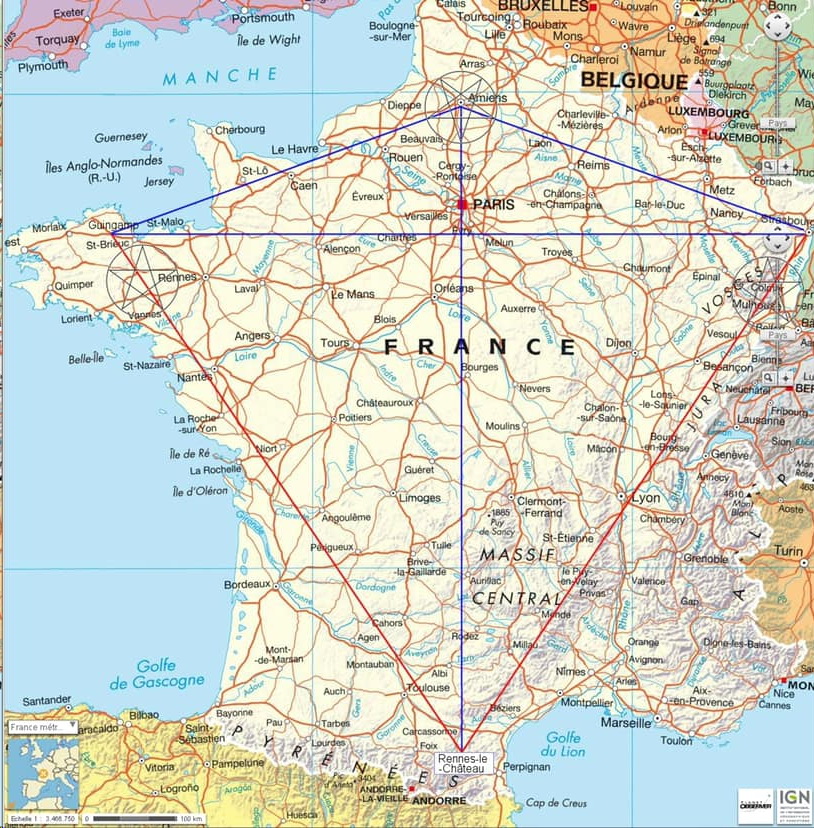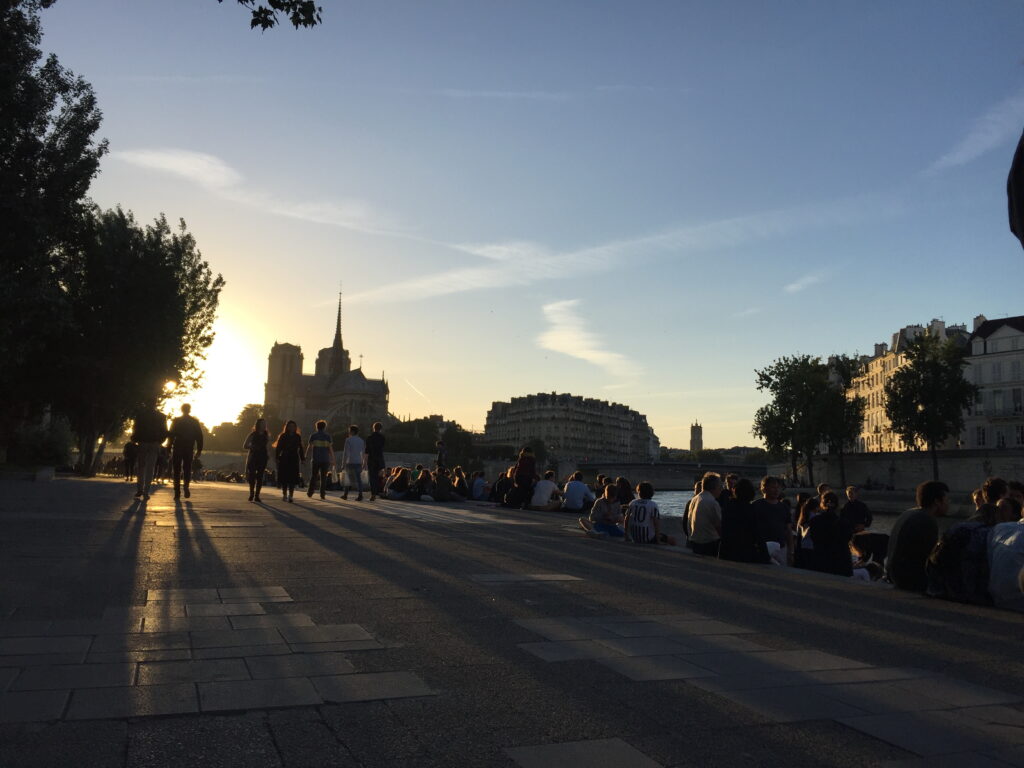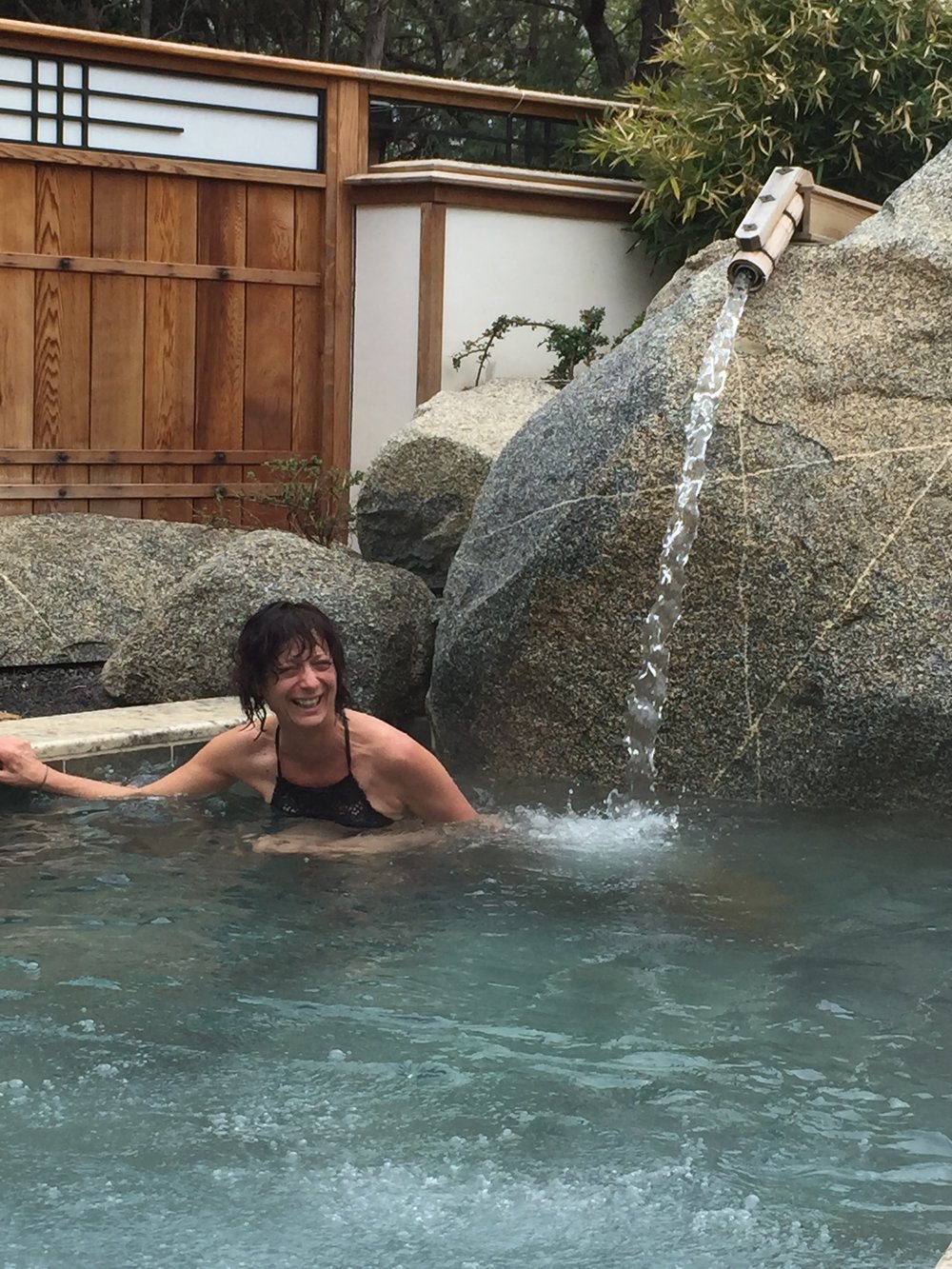Our life experience expresses itself in our body. That’s why I invite yoga therapy clients to dive in the depth of their flesh to listen to the body’s messages. Then, I encourage them to speak their truth to truly meet another and, ultimately, to free themselves from emotional wounds.
It’s during the course of two very serious diseases that I started doing work on the body and how it relates to emotions. I have learned a lot along the way. I have learned any trauma, any information that is too painful to process consciously, any suppressed emotion finds its way in the body in the form of tension and, sometimes, disease. I have learned our psyche strives to forget these painful experiences and feelings. We take refuge behind our masks and protections and, often, we set our body aside.
However, if we want to go deeper in our wellness journey, if we want to live a life that is in harmony with who we truly are, we need to feel, become aware and accept those suppressed emotions so that we re-integrate them into our life’s journey.
To do that, we need our body’s help simply because our psyche and body are intimately connected. They are like the hand and the glove. If the hand moves, the glove moves too. In other words, our life experience always finds a way to express itself in our physical body.
So how can we heal emotional wounds with the body’s help?
The body speaks to us but, most of the time, we don’t pay attention to those signs, we don’t feel anything. That’s why any healing process starts with allowing ourselves to pause–so we can go inwards and listen. Aline Frati, my yoga teacher, used to say, “There is no healing without taking a pause.”
“What do you feel?” is the fundamental question
Because of this, my yoga therapy method includes a style of gentle yoga that brings the person to focus on a slow, deep yogic breathing while going in and out of simple poses at a slow pace.
“What do you feel?” is the fundamental question that needs to be asked. The goal is to bring us to feel our body and listen to what it says, to be on the lookout of what the body is expressing about ourselves, about our emotional and physical wounds. The point is to become the explorer and the observer of what triggers our emotional and physical pain.
Once we have listened to what the body says, then we can move on to the other aspect of the healing journey: to put our feelings, our life experience into words. We need to share our wounds and our dreams with others who can listen. To heal, we need to truly meet another. This is the reason why all my classes start and end with a healing circle. I ask participants to participate regularly to the classes. That’s because each person heals thanks to the yoga practice, the work I do as a facilitator and also thanks to the relationship they build with the others.
This healing journey is a hard road. It requires courage and patience. However, the effort is a small price to pay for more wellness and joy in our lives.
Photo: Femme Accroupie (Crouching Woman), 1880-1882, Auguste Rodin. From the”Picasso-Rodin” exhibit, Musée Picasso, Paris, June 2021.
